The Fire and the Rose
Fourth Estate, $32.99 pb, 360 pp
The walls speak
Centuries before the Kremlin had a digital presence and long before Ivermectin was trending on Twitter, an early form of disinformation campaigning emerged in medieval Europe: blood libel. These anti-Semitic accusations claimed that Christian children were being killed as part of Jewish religious ritual, a lie used to justify violence against Jewish communities.
A notable historical instance of blood libel – and the one at the centre of Robyn Cadwallader’s The Fire and the Rose – is the story of Little Saint Hugh of Lincoln. This boy’s death in 1255 was falsely blamed on Lincoln’s Jewish population, to the benefit of both Church and Crown during the reign of Henry III.
In her ten-page Author’s Note and Acknowledgements, Cadwallader shows a well-considered approach and rigorous method in researching and writing this book: ‘As is the practice of historical fiction writers, I have researched deeply then imagined characters and events into the gaps.’ She sets out the fact from the fabled, noting, ‘This is what fires the creative imagination of historical fiction – the gaps, the elisions, the veiling.’
Continue reading for only $10 per month. Subscribe and gain full access to Australian Book Review. Already a subscriber? Sign in. If you need assistance, feel free to contact us.




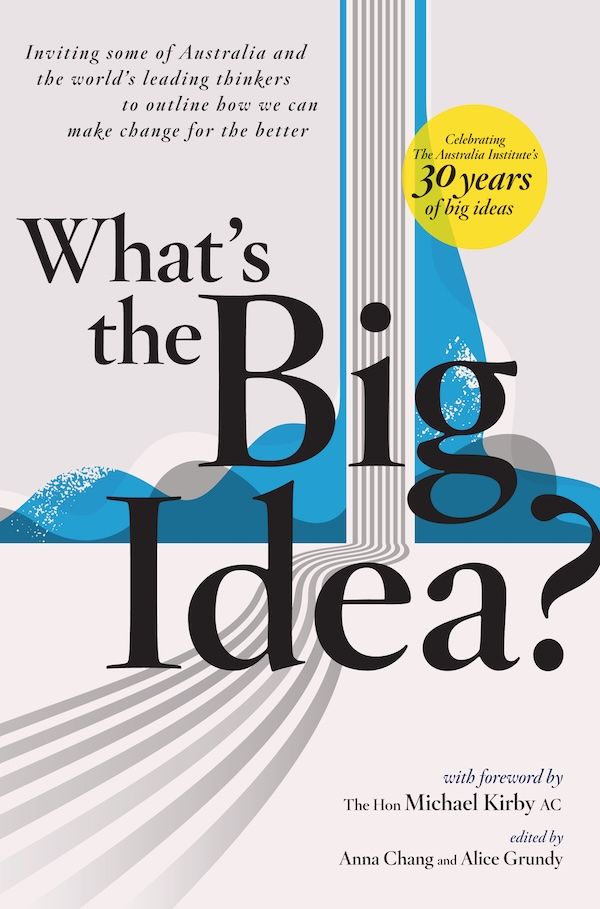
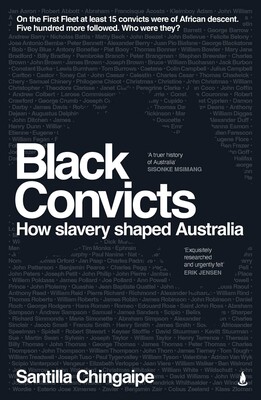

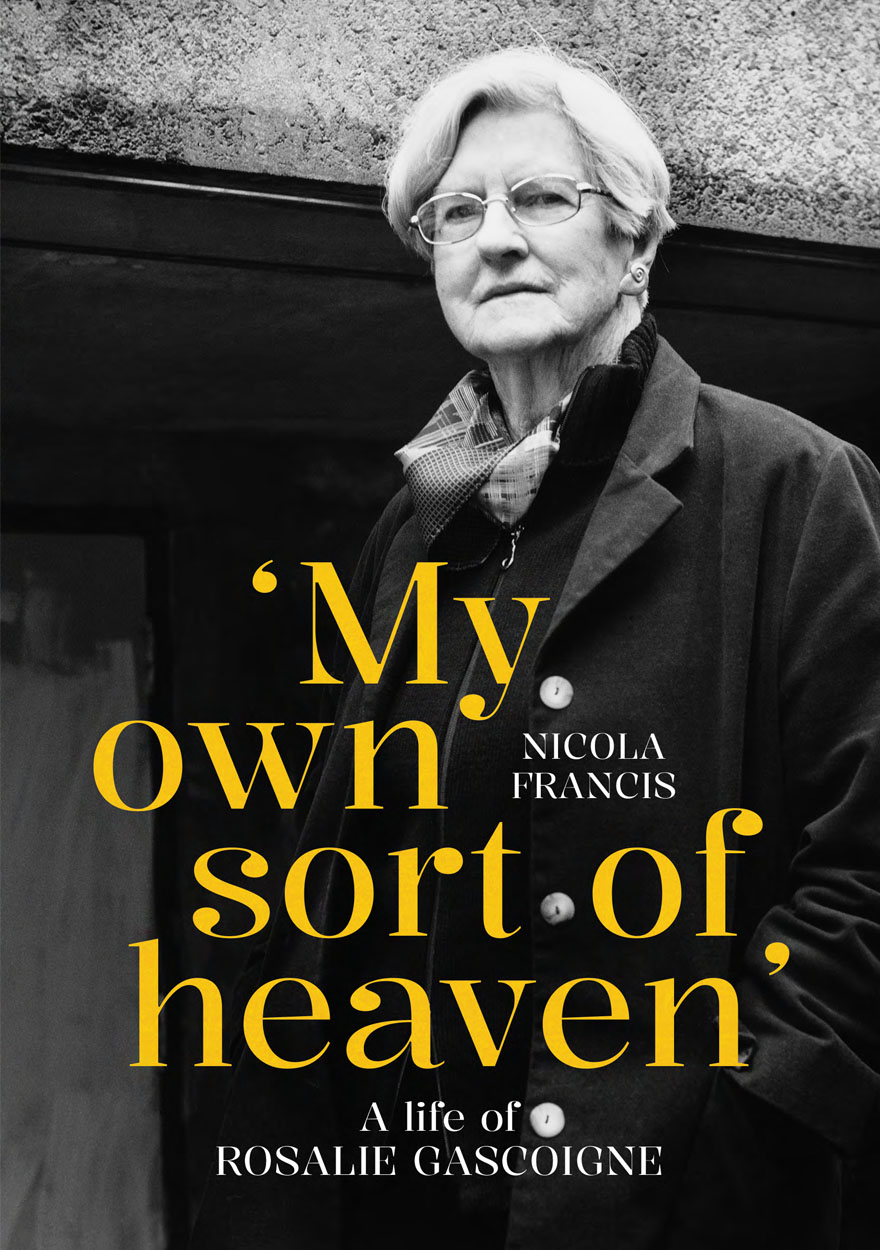

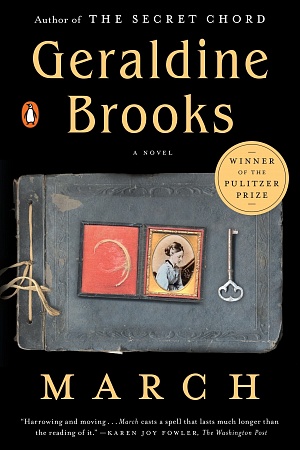
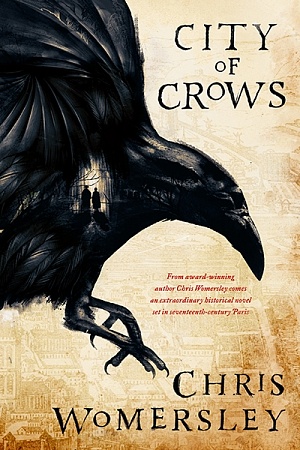




Leave a comment
If you are an ABR subscriber, you will need to sign in to post a comment.
If you have forgotten your sign in details, or if you receive an error message when trying to submit your comment, please email your comment (and the name of the article to which it relates) to ABR Comments. We will review your comment and, subject to approval, we will post it under your name.
Please note that all comments must be approved by ABR and comply with our Terms & Conditions.